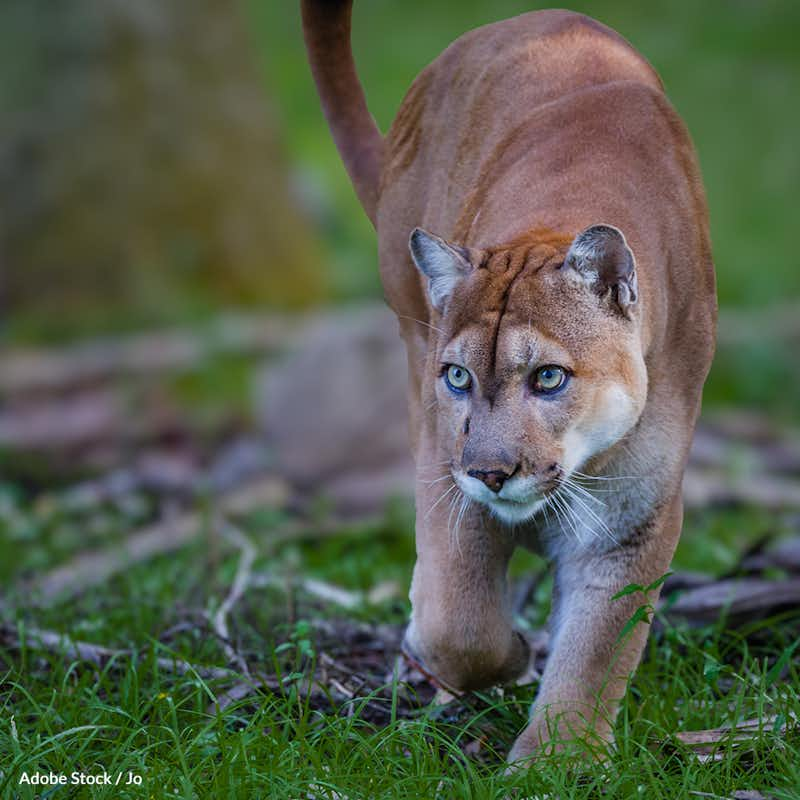Protect Critical Habitats and Endangered Species
12,471 signatures toward our 50,000 Goal
Sponsor: The Animal Rescue Site
Recent changes to the ESA make it harder for endangered species to recover. These changes MUST be rolled back!

The Endangered Species Act (ESA) is one of our nation's most effective and important environmental laws. Passed with overwhelming bipartisan support, the ESA represents a commitment by the American people to work together to protect and restore our most vulnerable fellow species.
Ninety-nine percent of species protected by the ESA's list have avoided extinction since 19731. Not until the Trump Administration's final week in office was it changed.
The change narrows the ESA's definition of "habitat," making it more difficult to protect areas threatened and endangered species need to survive and thrive.2.
The Trump Administration argued that a "critical habitat," often described as home to an endangered species, no longer deserves protection if said species is not seen living there. Further, "the definition excludes areas that do not currently or periodically contain the requisite resources and conditions, even if such areas could meet this requirement in the future after restoration activities or other changes occur3."
The ESA no longer protects areas that could be restored or safeguarded to provide additional habitat for future recovery. Habitat that has been historically used by a species and habitat that could be important as species move in response to threats such as climate change are also cut out of any federal protection4.
The ESA's definition of habitat makes a big impact on species conservation. Its current incarnation leaves species without protections for areas they will need to be conserved. This is wholly inconsistent with the purpose and legal requirements of the ESA.
As we face accelerating loss of biodiversity in the United States and the rest of the world due to habitat loss and climate change, protecting remaining habitats is more important than ever. The only alternative is cascading extinction5.
Take a stand for endangered species by signing the petition below.
- World Wildlife Fund (2021), "The Endangered Species Act Q&A."
- Southern Environmental Law Center (30 December 2020), "Trump administration finalizes rule narrowing habitat protected by Endangered Species Act."
- Andrea Wortzel, Angela Levin, Viktoriia De Las Casas & Elizabeth McCormick, Environmental Law & Policy Monitor (16 December 16 2020), "Final Rule Defining "Habitat" under the Endangered Species Act Issued."
- Center for Biological Diversity (2019), "Protecting Critical Habitat."
- Defenders of Wildlife (October 2019), "Defining Habitat in the Endangered Species Act."
The Petition:
To the United States Fish and Wildlife Service (FWS) and the National Marine Fisheries Service (NMFS),
The latest rule change applied to the Endangered Species Act (ESA) makes it much harder to protect endangered animals in the United States, and much easier for critical habitats to lose that protection.
The ESA no longer protects areas that could be restored or safeguarded to provide additional habitat for future recovery. Habitat that has been historically used by a species and habitat that could be important as species move in response to threats such as climate change are also cut out of any federal protection.
Animals like the Florida panther, North Atlantic Right whale, and monarch butterfly are close to extinction. Facing a worsening climate crisis, it is now more important than ever that the habitats of these animals are protected.
Many more species may disappear within years if this change is not rolled back. I demand you undo the December 2020 change to the ESA and widen the definition of a habitat to the bill's original and intended state.
Sincerely,